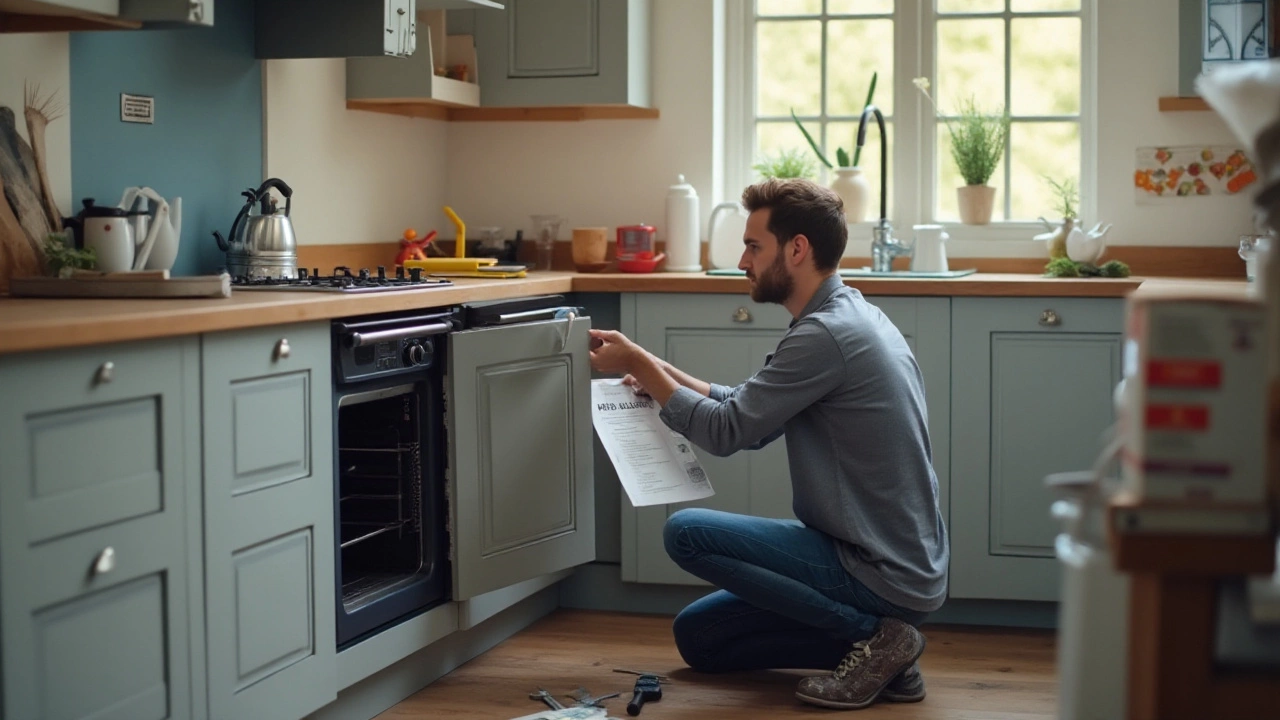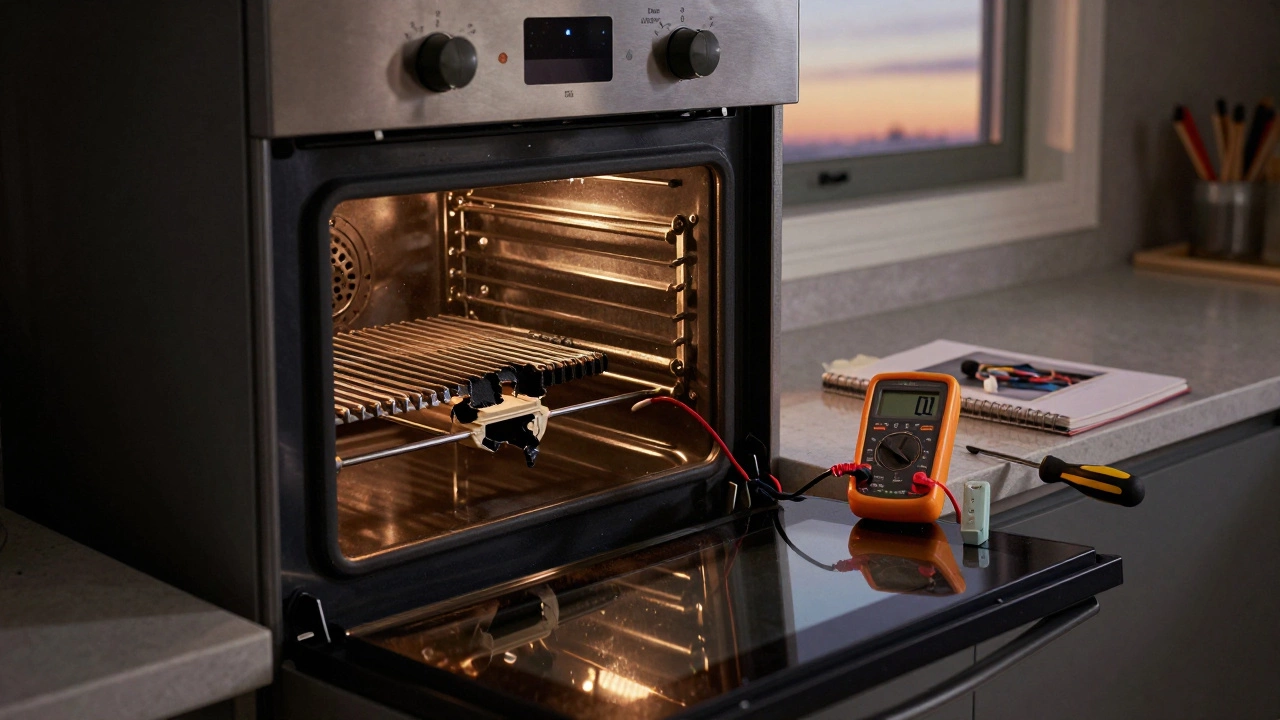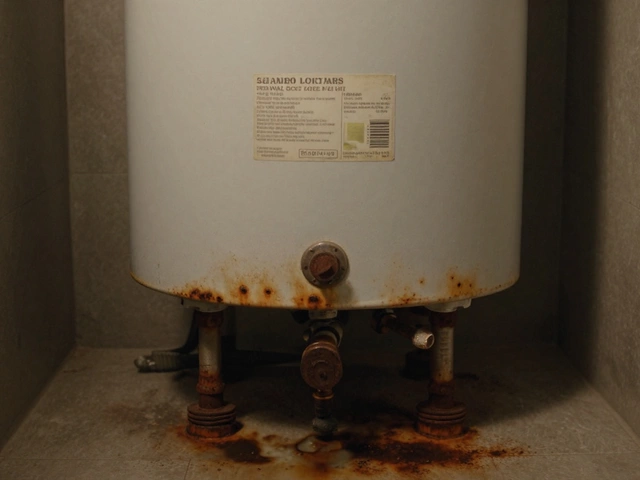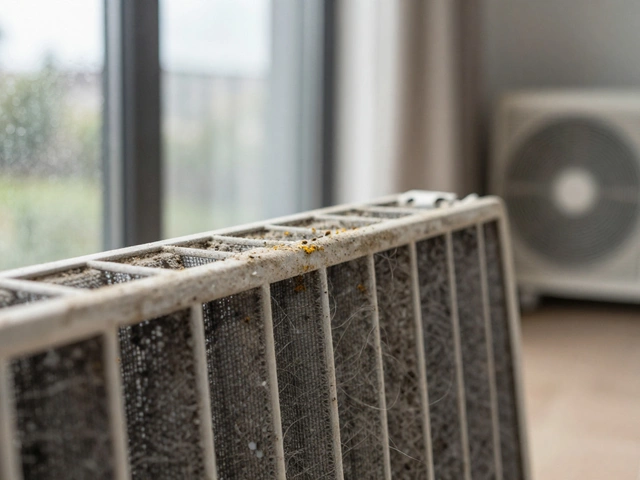Oven repair is the maintenance and fixing of a household cooking appliance that restores safe heating performance, covers diagnosis of electric and gas faults, and in New Zealand must follow WorkSafe and licensing rules for electrical and gasfitting work. If you’re asking “Can I repair my own oven?” the short answer in NZ is: you can do small, external fixes and basic checks, but anything involving hardwired electrics or gas needs a licensed tradesperson.
TL;DR
- You can DIY simple jobs: replace the oven light bulb, door seal, shelves/rails, and adjust temperature offset in settings.
- In NZ, hardwired electric work and all gasfitting are licensed. Don’t open live panels or touch wiring, igniters, or gas parts.
- Common causes: failed heating element (electric), faulty igniter or thermocouple (gas), worn door seal, bad fan motor.
- Quick rule: if the fix needs tools inside the oven’s wiring/gas path, call a pro. Typical repairs run NZ$220-$800; replacement ovens start around NZ$900.
- Document the model number, symptom, and any error codes. That saves time and money whether you DIY or hire.
What the law allows you to DIY in New Zealand
WorkSafe New Zealand is the primary workplace and energy safety regulator that oversees electrical and gas safety, licensing, and compliance. In New Zealand, most built-in ovens are hardwired. Hardwiring puts them into “prescribed electrical work,” which is restricted to licensed electricians. For gas ovens, any work on the gas path or ignition system is restricted to licensed gasfitters. That’s the legal line.
What you can do safely and legally as a homeowner or tenant:
- Replace the oven light bulb (with power off).
- Replace the door seal (gasket) and door glass trim if it’s user-removable.
- Clean vents, filters, and visible fan covers without removing live panels.
- Adjust temperature offset in the control settings (many models allow ±10-30°C).
- Reset a tripped circuit breaker or RCD at the switchboard, once. If it trips again, stop and call a pro.
What you should not DIY:
- Opening the rear or lower service panels on a hardwired oven.
- Replacing a heating element or thermostat on a hardwired unit (exposes live conductors).
- Any wiring, terminal, or control board work.
- Any gas connections, valves, igniters, or thermocouples.
Know your oven: electric vs gas
Electric oven is an appliance that heats with resistive elements at 230-240 V AC, typically 2-2.4 kW per element in NZ, controlled by a thermostat and electronic timer. Most modern electric ovens have bake and grill elements, a fan-forced mode, and a control board. Typical failures: bake element burns out, fan motor bearings seize, or the control thermostat drifts.
Gas oven uses natural gas or LPG with an igniter and flame-safety device to heat a burner, often with a fan to circulate air. Common failures: worn glow-bar igniter (won’t draw enough current to open the gas valve), dirty burner ports, or a weak thermocouple (flame won’t stay on).
Safety basics before any check
NZ mains are 230-240 V. That can kill. Treat the oven like a live machine until you isolate it.
- Power isolation: switch off the oven’s wall isolator if fitted, then the relevant circuit breaker at the switchboard. If you have an RCD, test the RCD button monthly; don’t use it as a daily switch.
- Gas isolation (gas ovens): turn off the supply tap. If you smell gas, evacuate, ventilate, and call a licensed gasfitter.
- No panels off: don’t remove metal covers that expose wiring or gas parts. That’s where DIY ends.
- Cool-down: wait until the oven is cold. Elements and igniters hold heat longer than you expect.
- Documentation: photograph the model sticker (often on the door frame) before you do anything.
Quick symptom-to-cause guide
Start with the symptom, then sanity-check the likely part. Note what you can and can’t touch.
- No heat (electric): likely a failed bake element or a tripped thermal fuse. Elements often blister or split. If your breaker trips instantly, stop.
- Uneven or low heat: worn door seal, drifting thermostat, or dead fan (in fan-forced mode).
- Trips breaker/RCD: shorted element or wiring fault. One reset is okay; repeat trips need a pro.
- No light: just the bulb, or the light switch on the control. Bulbs are safe to swap when power is off.
- Door won’t close: stretched gasket or bent hinges. A new gasket is a simple DIY.
- Gas oven won’t ignite: weak igniter (glow-bar) or dirty burner. If the igniter glows but the burner never lights, the igniter usually isn’t drawing enough current-call a gasfitter.
- Flame lights but goes out: weak thermocouple not generating enough millivolts to hold the valve. Gasfitter job.
What’s actually inside those parts
Heating element is a resistive coil embedded in metal that converts electrical energy to heat; typical bake elements draw 8-10 A (≈2 kW) and measure 20-40 Ω when healthy. Visual signs of failure: blistering, cracks, or a clean break. Elements often fail after self-clean cycles due to thermal stress.
Igniter is a glow-bar (silicon carbide or nitride) that heats and draws current to open the gas safety valve; typical draw is 3.2-3.7 A for natural gas. If it glows dull orange forever but no flame, it’s usually weak. If it never glows, there may be a supply or control fault-gasfitter territory.
Thermostat controls oven temperature; older units use a capillary bulb and switch, newer ones use an electronic sensor (NTC) and control board. Expect some drift over time. Many ovens let you calibrate with a ±10-30°C offset in the settings.
Thermocouple is a flame-safety sensor that generates ~20-30 mV when heated; if output is low, the gas valve won’t stay open. If your flame won’t hold, the thermocouple or its connection is suspect, but only a licensed gasfitter should replace it.
| Task | Legal in NZ to DIY? | Risk level | Typical parts cost | Time |
|---|---|---|---|---|
| Replace oven light bulb | Yes (power off) | Low | NZ$8-$25 | 5-10 min |
| Replace door seal (gasket) | Yes | Low | NZ$40-$120 | 10-20 min |
| Clean fan cover/vents | Yes | Low | NZ$0-$20 (cleaners) | 15-30 min |
| Adjust temperature offset in settings | Yes | Low | NZ$0 | 5-10 min |
| Replace heating element (hardwired) | No (electrician) | High | NZ$60-$180 | 30-60 min |
| Repair control board/wiring | No (electrician) | High | NZ$150-$500 | 60-120 min |
| Replace igniter or thermocouple (gas) | No (gasfitter) | High | NZ$60-$180 | 30-60 min |
Step-by-step: safe fixes you can do
These are simple, lawful, and actually solve a bunch of real-world problems.
Swap the oven light bulb
- Switch off power at the isolator and the breaker.
- Open the glass lens-usually twists off counter-clockwise.
- Check the bulb type on your manual or old bulb (often E14 or G9, high-temp rated).
- Fit the new bulb, reattach the lens, restore power, and test.
Tip: use a high-temp oven-rated bulb. Regular bulbs won’t last.
Replace a stretched or burnt door seal
- Power off (and gas off for gas ovens).
- Pull the old gasket out of its corner clips or channel.
- Match the new gasket to the model number-lengths vary by brand.
- Press new gasket in evenly; ensure corner clips seat fully.
- Heat the oven to 180°C for 15 minutes to bed the seal.
Result: tighter seal, faster preheat, steadier temps, and less heat escaping into cabinetry.
Calibrate temperature with the built-in offset
- Place an oven thermometer mid-rack; preheat to 180°C.
- When stable, compare the display to the thermometer (average a few readings).
- If off by >10°C, find “calibration” or “offset” in settings and adjust by the difference.
Note: this doesn’t fix a dead sensor, but it can correct minor drift without opening panels.
Clear fan cover and vents
- Power off. Remove shelves and trays.
- Wipe grease from the circular fan cover and side vents.
- Vacuum crumbs behind the lower kick panel if accessible without tools.
If the fan squeals or grinds, that’s a sign the motor bearings are going. Book an electrician-fan motors sit behind wired panels.
When to call a pro (and what it costs in 2025)
Here’s a simple rule: if the fix touches internal wiring, gas, or sealed panels, stop. In Auckland, typical call-out fees run NZ$90-$140. Hourly labour is often NZ$120-$180. Parts vary by brand:
- Element replacement (electrician): NZ$220-$380 total, depending on access and brand.
- Fan motor (electrician): NZ$280-$450.
- Control board repair/replacement (electrician): NZ$350-$800.
- Igniter or thermocouple (gasfitter): NZ$250-$400.
Good rule of thumb: if repair cost exceeds 50% of a replacement oven and your unit is over 10 years old, consider replacement. Mid-range built-ins in NZ are commonly NZ$900-$2,200. Integrated European models can run higher and take longer for parts.
Electric vs gas: fault patterns
| Symptom | Electric oven likely part | Gas oven likely part | DIY-able? |
|---|---|---|---|
| No heat | Bake element or thermal cutoff | Glow-bar igniter | No (pro for internal parts) |
| Uneven heat | Door seal or fan | Door seal or burner blockage | Seal yes; fan/burner needs pro if internal |
| Trips breaker | Shorted element/wiring | Rare; usually electrical short in controls | No (pro) |
| Light out | Bulb | Bulb | Yes |
| Won’t hold flame | - | Thermocouple | No (gasfitter) |

Tools and parts: what to use, where to find
Keep it simple. For the DIY-safe jobs above, you’ll want:
- Insulated screwdriver set (for lens covers and trim screws).
- Work gloves and a torch (edges are sharp, light is poor).
- Oven thermometer for calibration checks.
Parts sourcing in NZ: use the model number off the door frame sticker to order exact-fit parts. Genuine parts from the brand or a reputable appliance parts retailer are worth it. Off-brand elements and seals can fit poorly and fail early.
Expect common parts costs (2025 NZD): door gasket NZ$40-$120; oven bulb NZ$8-$25; fan motor NZ$120-$220; bake element NZ$60-$180; glow-bar igniter NZ$60-$140. Rural deliveries can add a few days.
Calibration, testing, and where DIY stops
People ask about multimeters. Here’s the line: you can use a standalone oven thermometer to check temperature, but measuring element resistance or live voltage in a hardwired oven requires opening panels-that’s for an electrician. The same goes for checking igniter current or thermocouple millivolts-gasfitter job.
If you own a freestanding stove that plugs into a socket (less common for full-size ovens in NZ), unplug it before any inspection. Even then, opening panels exposes live parts once re-energised. For safety and compliance, book a pro for anything beyond external parts.
Brands and parts notes
Common in NZ kitchens: Fisher & Paykel, Bosch, Westinghouse, Electrolux, and Smeg. Fisher & Paykel parts are generally available quickly across NZ. European brands can have longer lead times for boards and door assemblies. Before spending big on a control board, ask the tech about updated firmware or board refurb options if offered by the brand.
Legal and standards context (light but useful)
Two quick anchors if you want the official word without the jargon:
- AS/NZS 3000 is the Wiring Rules standard that sets safety requirements for electrical installations in Australia and New Zealand. It’s the backbone for what electricians do around your oven circuit.
- WorkSafe/Energy Safety sets the boundaries on who can do what. If in doubt, assume internal electrical or gas work is restricted.
If you rent, the Residential Tenancies Act expects landlords to keep appliances safe and working. Document faults in writing with date-stamped photos.
Decision tree: repair or replace?
- Under 7 years old, single failed part (element, seal, igniter)? Repair-fast and cost-effective.
- 8-12 years, two or more major parts, or door/liner damage? Price both options.
- Over 12 years, needs control board or fan + element? Replacement often wins.
- Built-in cabinetry difficulty (stone benchtops, tight cut-outs) adds labour-factor that in.
Eco angle: a one-part repair beats landfill any day. But unsafe or repeated failures cost more long term.
Related concepts to explore next
Ovens share DNA with other kitchen gear. If this topic helped, the next logical reads in this cluster are:
- Cooker and hob repair basics: elements, ignition, and pan sensors.
- Microwave repair safety: why capacitors are no-go for DIY.
- Extractor fan maintenance: airflow testing and motor noise diagnosis.
These topics overlap on thermostats, fan motors, and safe isolation steps, so the habits carry over.
Real-world examples (Auckland kitchens)
Electric, fan-forced oven not heating evenly? A stretched gasket leaked heat up the door edge, so the top browned while the bottom lagged. A NZ$69 gasket and 10 minutes fixed it. Another case: RCD tripped whenever grill mode started-turned out to be a shorted grill element. An electrician swapped it in 40 minutes; job landed around NZ$280 total.
Gas oven in a bach running LPG bottles? Igniter glowed, burner never lit. The glow-bar was weak and didn’t draw the 3.3 A needed to open the valve. A gasfitter replaced the igniter; cost NZ$320, back baking the same day.
Checklist: what to capture before calling a pro
- Model number and serial (door frame sticker).
- Exact symptom: when it happens, which mode (bake, grill, fan-forced), and any sounds.
- Error code on the display (write it verbatim).
- What you already tried (breaker reset, new bulb, seal change).
- Photos of damage (burn marks, cracked element, torn seal).
Sharing this saves at least one trip and speeds parts ordering.
Next steps and troubleshooting by scenario
- Busy weeknight cook: do the light bulb and seal check now; set a 180°C test with an oven thermometer on the weekend and set the offset if needed.
- Renter: log faults in an email to your property manager with photos. Don’t attempt internal repairs; request a licensed tradie.
- Landlord: standardise brands across units where you can; it simplifies parts. Keep a spare door seal and bulbs for your most common model.
- Off-grid/LPG bach: keep spare igniter and thermocouple on hand-but get a gasfitter to fit them. Salt air accelerates corrosion.
- Parents with curious toddlers: install a child lock if your oven supports it, and fit a new seal to reduce outer-door temperatures.
One last tip: photograph wiring and hinge positions before any professional repair. If cabinetry is tight, cleared access saves billed time. And remember, DIY oven repair is about smart boundaries-do the safe wins, and bring in the pros for the rest.
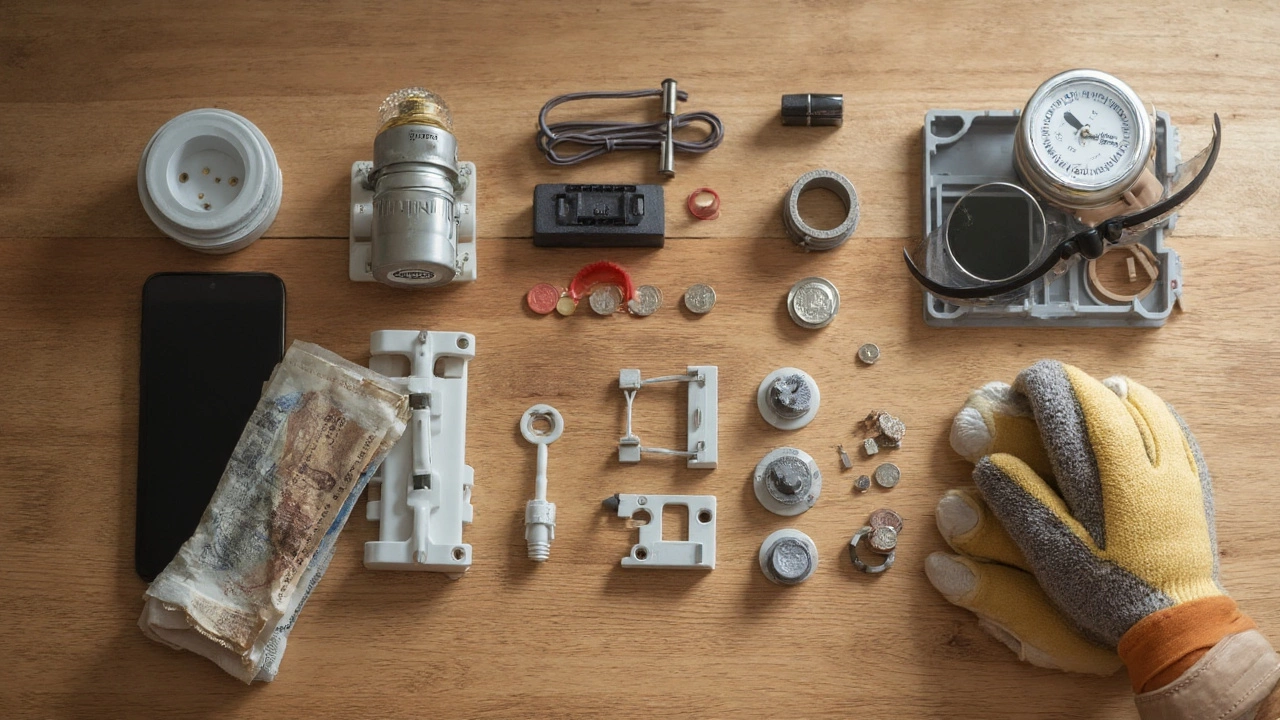
Frequently Asked Questions
Is it legal to repair my hardwired oven myself in New Zealand?
No, not if the repair involves internal electrical work. Hardwired ovens fall under prescribed electrical work, which must be done by a licensed electrician. You can do external tasks like replacing the light bulb, changing the door seal, cleaning vents, and adjusting the temperature offset. Any wiring, elements behind panels, or control boards require a pro. For gas ovens, any work on gas parts (igniter, valves, thermocouple) must be done by a licensed gasfitter.
How do I know if my electric oven’s element is blown?
Classic signs: the oven never reaches temperature, or it heats very slowly. Visually, a failed element may have a split, a bulge, or a burnt spot. In fan-forced mode, you might hear the fan running but see no heat. Don’t open panels to test it yourself on a hardwired unit; that’s electrician territory. A tech can confirm with a resistance check (healthy bake elements are roughly 20-40 ohms) and fit the correct replacement.
Why does my oven trip the circuit breaker or RCD?
Usually a shorted element or wiring fault to earth. Moisture from a deep clean can also cause temporary leakage. One reset is fine to try. If it trips again, stop using the oven and call a licensed electrician. Keep the oven door open to dry if you’ve just cleaned it, but don’t power-cycle repeatedly-repeated tripping can indicate a serious fault.
Can I replace a gas oven igniter myself?
No. In NZ, replacing an igniter is gasfitting work and must be done by a licensed gasfitter. A weak glow-bar igniter is the most common cause of “glows but never lights.” The gasfitter will verify the current draw (often needs around 3.2-3.7 A for natural gas) and replace the igniter safely, checking the flame characteristics afterward.
My oven runs 15°C low. Can I fix that without opening it?
Often yes. Many ovens let you set a temperature offset in the settings menu. Use a reliable oven thermometer at 180°C, take a few readings to average, and adjust the offset by the difference. If the offset needed is more than 30°C, you likely have a failing sensor or control and should book a pro.
What’s the typical lifespan of a modern oven?
Around 10-15 years with normal use. Elements, seals, bulbs, and fan motors are consumables that may need replacement along the way. Heavy self-clean cycles add thermal stress and can shorten element and board life; use sparingly and let the oven cool naturally afterward.
Is it worth repairing a 10-year-old oven?
If it’s a single part like an element, seal, or igniter, yes-those are affordable repairs. If it needs multiple major parts or a control board, compare the quote to a replacement. Use the 50% rule: if the repair exceeds half the cost of a comparable new oven, replacement often makes more sense, especially if the unit is over 10 years old.
Can cleaning the oven cause failures?
Aggressive steam or heavy water can drive moisture into insulation and switches, which may cause RCD trips until it dries. Self-clean cycles run very hot and can finish off a marginal element or door seal. If you use self-clean, remove racks and liners, and avoid opening the door mid-cycle. After cleaning, let the oven dry out before testing heat modes.
Gas oven relies on an igniter and a thermocouple for safe flame supervision and steady heating and Electric oven uses resistive heating elements managed by a thermostat or electronic control. Keep those distinctions in mind as you choose what to do yourself and what to hand off to a licensed pro.

